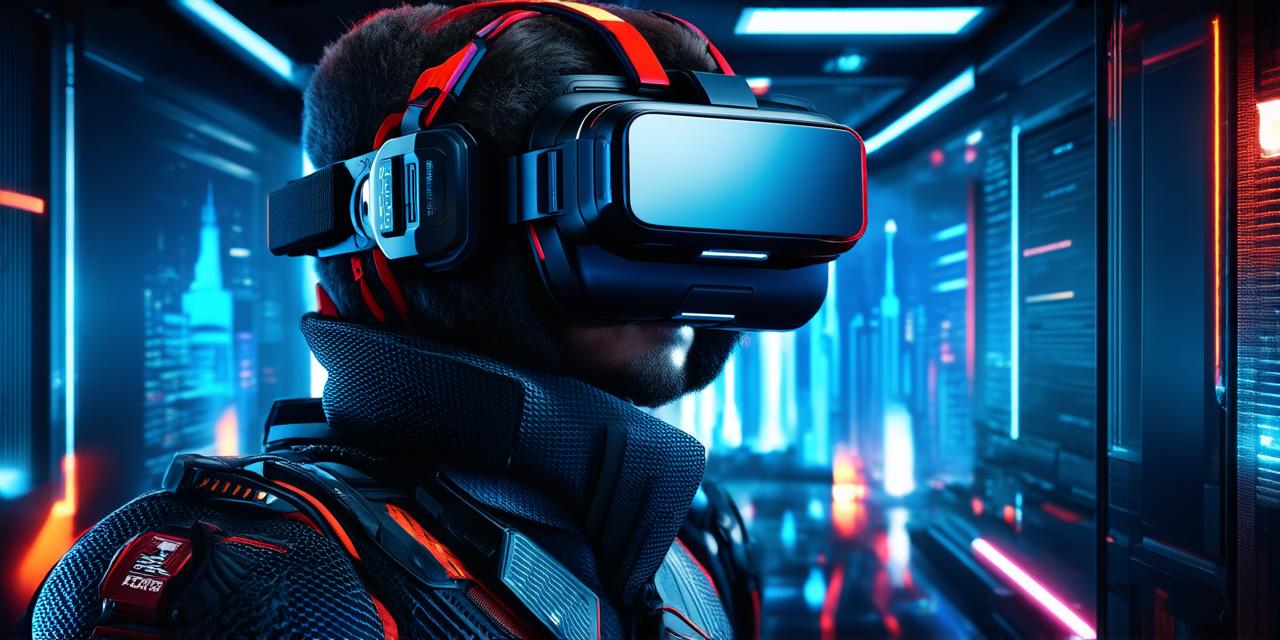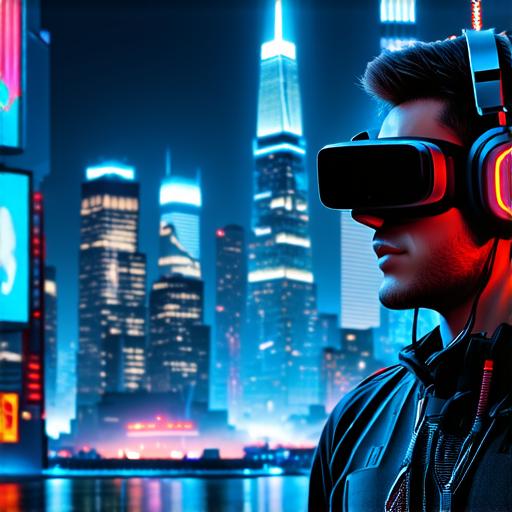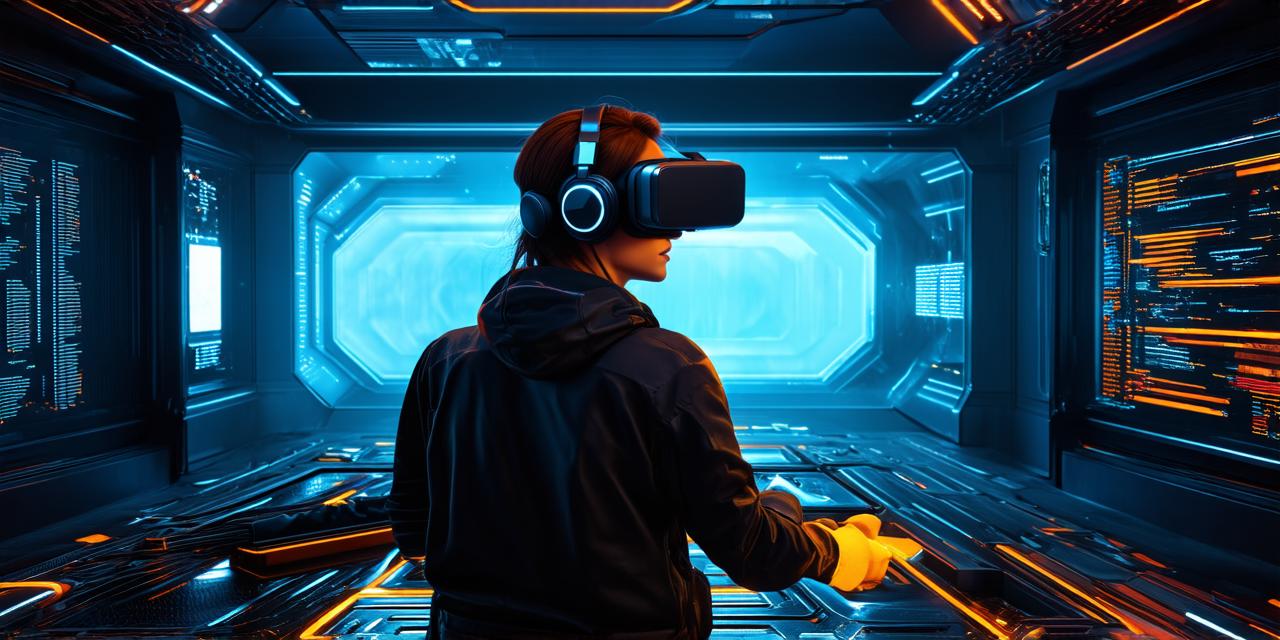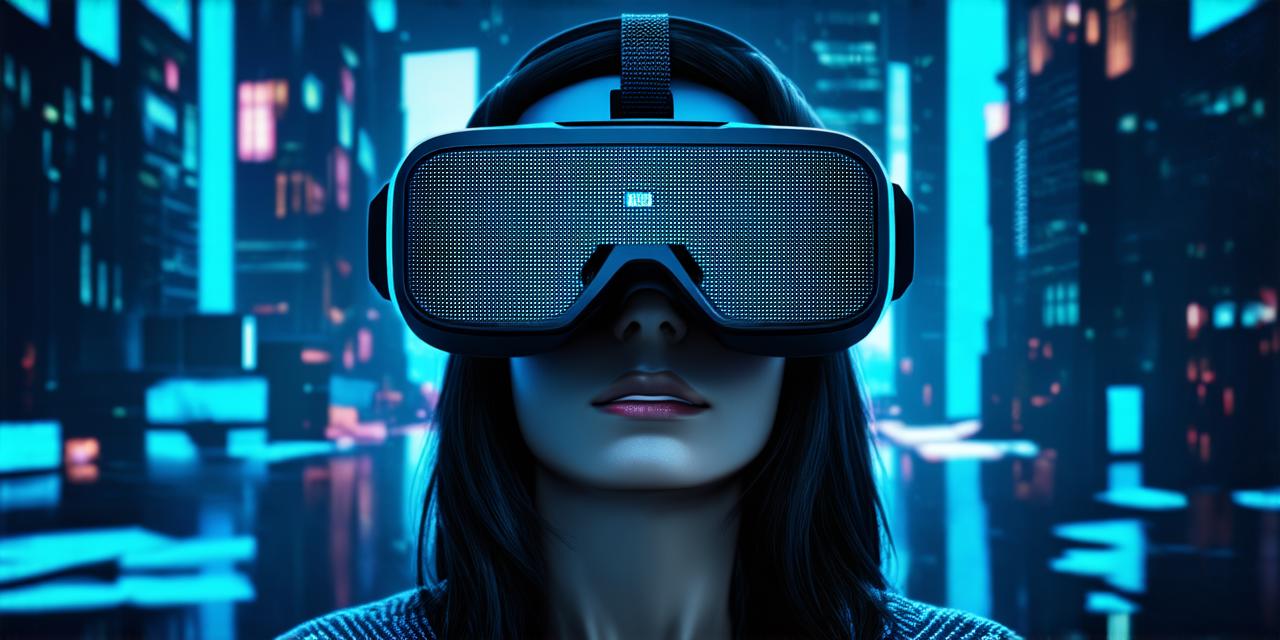
How would you describe virtual reality?
Virtual reality (VR) is a computer-generated simulation of a 3D environment that can be interacted with and experienced as though it were real. In essence, VR technology allows users to immerse themselves in a digital world and interact with it in ways that were previously impossible.
Table of Contents
ToggleWhat is Virtual Reality?
Virtual reality can be defined as a computer-generated simulation of a 3D environment that can be experienced and interacted with as though it were real. The VR experience is created using specialized hardware, such as headsets and motion controllers, that track the movements of the user and translate them into actions within the virtual world.
How does Virtual Reality Work?
The basic principle behind virtual reality is to create an immersive experience for the user. This is achieved by providing a 360-degree view of a digital environment, which can be viewed through specialized VR headsets. These headsets typically have high-resolution displays that track the movements of the user’s eyes and adjust the image accordingly, creating a more realistic experience.
In addition to the headset, VR systems also use motion controllers to track the movements of the user’s hands and translate them into actions within the virtual world. This allows users to interact with objects in the virtual environment, such as picking up an object or wielding a weapon.
There are several different types of virtual reality systems available, including desktop VR, mobile VR, and room-scale VR. Each type has its own advantages and disadvantages, and the choice will depend on the user’s needs and preferences.
Desktop VR systems require a powerful computer to generate the visuals and typically offer a more immersive experience than mobile VR systems. However, they are limited by the fact that they require a dedicated physical space and cannot be used while on the go.
Mobile VR systems, such as smartphone-based VR headsets, are more portable but may have limitations in terms of processing power and graphics quality. Room-scale VR systems offer the most immersive experience, with a large, dedicated physical space for the user to move around within.
Applications of Virtual Reality
Virtual reality has a wide range of applications across various industries, including gaming, education, healthcare, and more. In gaming, virtual reality provides an incredibly immersive experience that can transport players into new worlds and allow them to interact with characters in ways that were previously impossible.

In education, virtual reality can be used to provide students with a safe and controlled environment to practice skills and explore new concepts. For example, medical students can use VR simulations to practice surgical procedures, while history students can explore ancient civilizations as though they were living there.
Virtual reality can also be used in healthcare to treat a range of conditions, including PTSD, phobias, and anxiety disorders. By providing a controlled and immersive environment, virtual reality can help patients confront their fears and learn coping strategies in a safe and effective way.
Summary
In conclusion, virtual reality is a fascinating technology that has the potential to revolutionize the way we experience and interact with digital environments. Whether it’s gaming, education, or healthcare, virtual reality offers an incredibly immersive and powerful tool for exploring new worlds and learning new skills. As the technology continues to evolve, we can expect to see even more exciting applications and possibilities emerge in the future.

